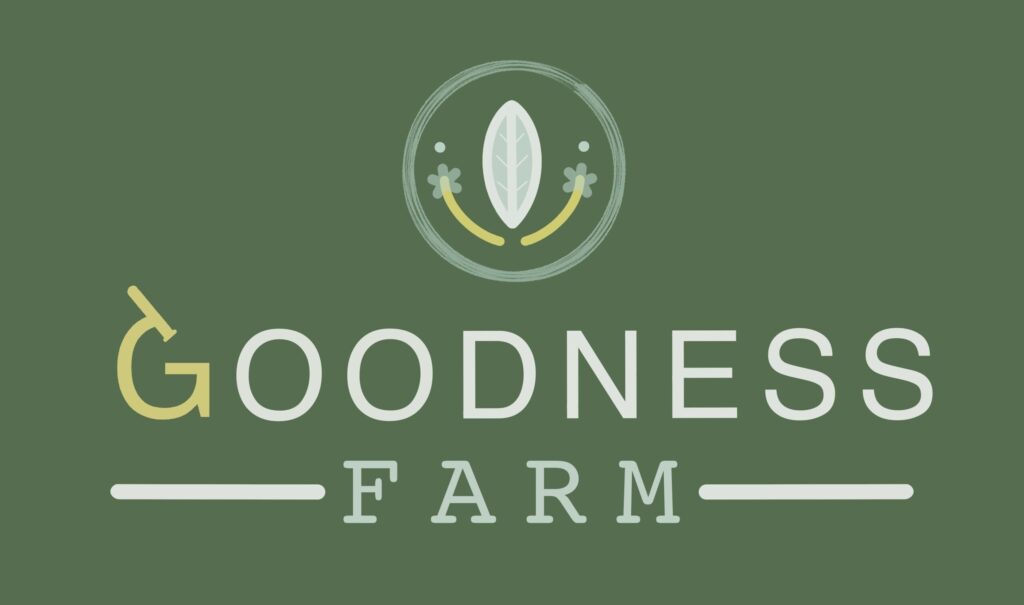Uncategorised
Low-Gluten, High Goodness: The Nutritional Revival of Emmer Wheat
The Legacy and Science of Emmer Wheat (Khapli)
“Ancient grains are not a fad—they are a return to biological wisdom.”
— Dr. Vandana Shiva, Ecofeminist and Food Sovereignty Activist
Emmer wheat (Triticum dicoccum), locally known as Khapli Gehu, is one of the earliest cultivated forms of wheat, dating back over 10,000 years to the Fertile Crescent of West Asia. Historical records indicate its use in Ancient Egypt, where it was a dietary staple for Pharaohs and pyramid builders, and in Rome, where soldiers consumed it for strength and endurance.
Unlike modern high-gluten hybrid wheat, emmer is a hulled wheat, meaning its grain is enclosed in a tight husk. This natural husk protects it from pests and oxidation, allowing it to retain its nutritional density over time.
Scientific Highlights of Emmer Wheat
- Gluten Profile:
Emmer contains a different gluten structure than modern wheat. Although not entirely gluten-free, it has lower glutenin and gliadin concentrations and reduced immunogenicity, making it easier to digest for those with non-celiac gluten sensitivity.
[Source: Shewry et al., Journal of Cereal Science, 2009] - Antioxidant-Rich:
Its reddish hue is due to polyphenols, carotenoids, and flavonoids — all powerful antioxidants that support cellular health and reduce inflammation. - High in Fiber & Micronutrients:
Rich in magnesium, zinc, iron, and B vitamins, along with a naturally low glycemic index, emmer supports stable energy levels and gut health.
🌾 Why Is Emmer Wheat (Khapli Gehu) Reddish in Hue? A Scientific Look
The reddish-brown hue of Emmer wheat flour and its derivatives (like rava and flakes) is due to its high pigment concentration—particularly phenolic compounds and anthocyanins—naturally present in the outer bran layers of the ancient grain.
🔬 Scientific Basis for the Hue
- Phenolic Compounds
Emmer wheat is rich in ferulic acid, caffeic acid, and p-coumaric acid, which are plant-based antioxidants stored in the bran. These compounds impart a brownish to reddish tint to the grain and the flour. “Phenolic compounds in ancient wheats like emmer contribute to their darker color and higher antioxidant potential.”
— Journal of Cereal Science, 2020 - Carotenoids & Anthocyanins
While not vividly visible like in purple corn or black rice, micro-traces of anthocyanins and carotenoids in the aleurone and endosperm can also contribute to the deeper tone of the flour. - Mineral-Rich Bran
Emmer’s bran layer contains iron, magnesium, and zinc, which can cause oxidative browning when exposed to air and moisture, especially during milling or sprouting.
The Goodness Farm Approach: Sprouting Emmer Wheat
At www.goodnessfarm.in, the philosophy is simple — nourish with nature, process with purpose.
Sprouting (Germination) is at the heart of how Goodness Farm elevates this ancient grain:
“Sprouting activates enzymes that break down complex carbohydrates, unlocks bound minerals, and reduces antinutrients like phytic acid,”
explains Maria, founder of Goodness Farm.
Sprouting transforms the emmer grain:
- Improved bioavailability of iron, zinc, and magnesium
- Reduced starch load — suitable for PCOD, insulin resistance, and metabolic disorders
- Enhanced amino acid profile, increasing lysine, which is often limiting in grains
🌿 Goodness Farm’s Processing of Sprouted Emmer Wheat
At Goodness Farm, we honor the grain’s history while enhancing its nutritional bioavailability. Here’s how we do it:
🧪 Sprouting (Germination) Process
Sprouting is a controlled germination step that:
- Reduces antinutrients (like phytic acid) that hinder mineral absorption.
- Enhances GABA, B-vitamins, and antioxidant activity.
- Improves the digestibility of proteins and lowers gluten concentration significantly.
“Sprouting reduces glutenin and gliadin fractions, improving digestibility and reducing immunogenic potential in susceptible individuals.”
— Journal of Food Science and Technology, 2019
Goodness Farm’s Sprouted Emmer Product Line
1. Sprouted Emmer Wheat Flour
- Fine-milled after careful dehydration at low temperatures (<42°C) to preserve nutrients
- Used for rotis, pancakes, breads, and infant food
- Naturally reddish-golden, soft, and sweet in taste
- Nil added gluten, no improvers, and milled in small stone grinders
2. Sprouted Emmer Rava
- Semi-coarse cracked wheat made from germinated grains
- Ideal for upma, pongal, idli batters, and health laddoos
- Retains bran and germ
- High in dietary fiber and slow-release carbohydrates
3. Sprouted Emmer Flakes
- Steam-flattened after sprouting and gentle roasting
- Used as breakfast cereal, added to granola, or soaked in milk
- Crunchy, naturally sweet, and versatile
- Vacuum-packed with 10–20g extra per pack to account for natural breakage during transport
All products are:
- Additive-free, no preservatives, no bleaching
- Non-GMO, stone-processed, and sustainably packed
- Compliant with FSSAI and processed in a women-led clean food unit
The Bigger Picture: Reclaiming Ancient Grains for Modern Wellness
With rising food sensitivities, especially related to gluten and metabolic syndromes, ancient grains like Khapli offer a bridge between tradition and wellness.
“We believe food should heal and not harm,”
says Maria.
“Our mission at Goodness Farm is to bring back ancestral nutrition in modern form that supports gut health, hormone balance, and sustainability.”
Try it Yourself
Visit www.goodnessfarm.in to explore sprouted Khapli products and experience the difference. From our soil to your soul — it’s grain that respects your gut.
Discover more from Goodness Farm
Subscribe to get the latest posts sent to your email.
